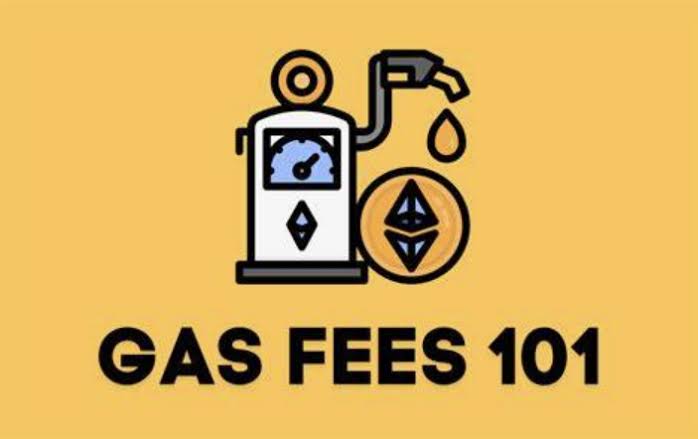Imagine you have a special item that you can share with friends, or people buy from you to share, but every time you share it, you need to give a small candy to someone who helps make sure everything goes smoothly. That candy is like a gas fee in the blockchain world. Or when you pay send money to someone from your bank account, the transaction fee or charges is like a gas fee in cryptocurrency.
Introduction
Crypto gas fees are essential in cryptocurrencies, especially on platforms like Ethereum, as they maintain network security, incentivize miners, and facilitate efficient transactions within the blockchain ecosystem. In this article, we will delve into what gas fees are, how they work, and their significance in the broader blockchain ecosystem.
What Are Gas Fees?
Gas fees are transaction fees that users pay to cover the computational energy needed to process and validate blockchain transactions. These fees are small fractions of the cryptocurrency used on the network, such as “gwei”, a denomination of Ether (ETH) on Ethereum network. Think of gas fees as the cost you pay for using the blockchain’s services.
How Do Gas Fees Work?
When using a blockchain like Ethereum, users need to set a gas limit and gas price. The gas limit is the maximum computational effort expected for the transaction, while the gas price is the amount paid per unit of gas (usually in gwei). One gwei equals 0.000000001 ETH.
The transaction fee is calculated as the product of the gas limit and the gas price. For instance, a gas limit of 21,000 and a gas price of 50 gwei result in a total fee of 1,050,000 gwei or 0.00105 ETH.
Let’s detail the example:
To send 1 ETH to a friend, set the gas limit to 21,000 units and the gas price to 50 gwei.
The total gas fee would be:
21,000 units X 50 gwei = 1,050,000 gwei
In ETH, this would be:
1,050,000 gwei X 0.000000001 ETH / gwei = 0.00105 ETH
The gas fee for sending 1 ETH is 0.00105 ETH.
In cases like smart contract transactions, the necessary gas can widely vary. Wallets and platforms typically estimate the gas limit based on transaction type and complexity.
Wallets and platforms often provide recommendations for gas prices based on current network conditions. These can include options like “slow,” “standard,” and “fast,” reflecting different gas prices for different processing speeds.
Why Do Gas Fees Vary?
Gas fees fluctuate based on network congestion, transaction complexity, and supply and demand. Network congestion occurs when many transactions are processed simultaneously, requiring higher gas prices to expedite processing.
Transaction complexity also impacts gas fees, with simpler transactions requiring less gas than those involving smart contracts. Additionally, market dynamics influence gas prices, with higher demand leading to increased average gas prices.
Why Are Gas Fees Important?
Gas fees serve several important purposes:
Incentivizing Miners/Validators: Miners and validators are rewarded with gas fees for their work in processing and validating transactions, which keeps the network secure and operational.
Preventing Spam: By charging a fee for every transaction, the network discourages people from spamming it with useless or malicious transactions.
Resource Allocation: Gas fees help allocate the network’s computational resources effectively. Users can decide to pay higher fees for faster processing or lower fees if they are okay with waiting longer.
Conclusion
Gas fees incentivize miners and validators by rewarding them for processing and validating transactions, ensuring network security. Additionally, gas fees deter spam by charging a fee for each transaction, and they aid in efficiently allocating the network’s computational resources based on users’ preferences for speed or cost.







